Explore the best places
Heritage in Portugal
Sítio Arqueológico de São Pedro das Cabeças
- heritage
São Pedro das Cabeças
7780-251, Castro Verde
Archaeological remains dating back to the iron age in the 2nd, 5th and 3rd century BC the chronological period is marked since the Chalcolithic to Romanity. Also says it was in São Pedro das Cabeças that have occurred the battle of Ourique.
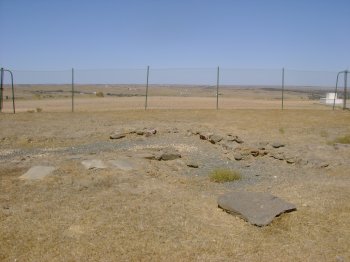
Núcleo Etnográfico do Monte das Oliveiras
- heritage
Monte das Oliveiras
7780-251, Castro Verde
It is an agricultural operation that shows the experience in a typical Alentejo. Integrates a small ethnographic core consisting of objects and memories of the owners. To visit this site, which also stands out for House nearby the largest White Stork colony in the region, will have to make a reservation at the tourist office.
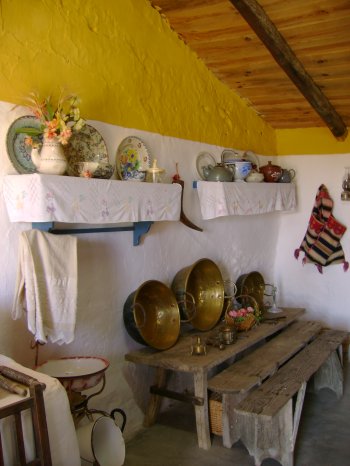
Museu da Lucerna
- heritage
Largo Victor Guerreiro Prazeres
7780-218, Castro Verde
Museum opened in 2004 where highlights a unique collection of lamps of the Roman period (1st to 3rd century), discovered in 1994 in the town of Santa Bárbara of patterns. These lighting fixtures, which used olive oil as fuel, present decorations of various reasons.
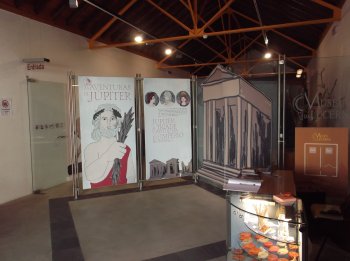
Rua Dom Afonso Henriques
- heritage
Rua Dom Afonso Henriques
7780-183, Castro Verde
The Rua Dom Afonso Henriques is one of the most emblematic streets in the municipality of Castro Verde, extending from the Republic square off Victor Pleasures, passing through the Warrior off the camera. It is around this street, in Portuguese pavement, which are located some of the most important monuments and buildings of the County, from a political point of view-religious and administrative. These are worthy reference to Church of the Savior's Wounds (or Igreja de Nossa Senhora dos Remédios), the Igreja Matriz de Castro Verde (or Basilica), the standard Monument commemorating the battle of Ourique and the building of …
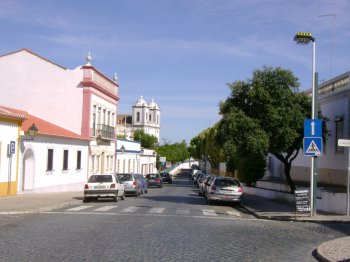
Moinho de Vento
- heritage
Largo da Feira
7780-131, Castro Verde
Tower Mill recovered in 2003, not knowing for certain the date of its erection. Disabled since the 30 years of the 20th century, served as dwelling to be recovered by the City Council. Of the original building only the tower and the "sleepers" that support the floors of the Interior floors.
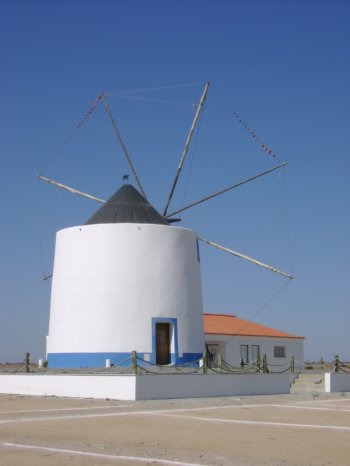
Igreja Matriz de Castro Verde / Basílica Real de Castro Verde
- heritage
Praça do Município
7780-217, Castro Verde
This church has one nave, a main chapel and two bell towers. On the inside it displays glazed tiles panels from the 17th century regarding Ourique´s Battle. The original temple was constructed under the orders of D. Sebastião in 1573. Between the end of the 17th century and 1735 it was promoted the construction of D. João V church.

Igreja das Chagas do Salvador / Igreja de Nossa Senhora dos Remédios
- heritage
Rua Dom Afonso Henriques
7780-183, Castro Verde
Church built on top of another Church, whose Foundation is attributed to lendariamente Dom Afonso Henriques. In the 18th century, the façade is reconstructed, showing an interesting Baroque animation. Inside, a major altarpiece in stucco marbled with throne in gilt and some 18th century tiles, inspired by Dutch models.
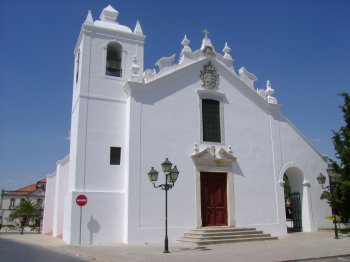
Local Histórico da Batalha de Ourique
- heritage
São Pedro das Cabeças
7780-251, Castro Verde
Despite the location of the famous battle of Ourique not be consensual between all historians, many point to the "Campo de Ourique" as likely the battle between Christians and Moors. The battle, which took place in 1139, resulted in the overwhelming victory of Christian forces led by Dom Afonso Henriques. Victory such that Dom Afonso Henriques has self-proclaimed King of Portugal on the battlefield. Confirmation of title was only issued by the Holy see in 1979. According to legend, which began to be reported from the 14th century, in the day of battle, consecrated to Santiago, Dom Afonso Henriques will …
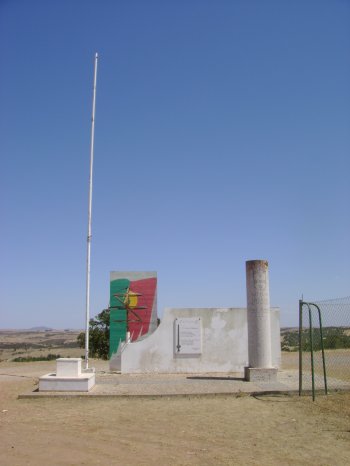
Igreja de Santa Maria do Castelo
- heritage
Calçada de Santa Maria
8800-606, Tavira
13th-century building, rebuilt after the 1755 earthquake. It maintains the Gothic structure and portal. In the main chapel is the tomb of the seven Knights of the Order of Santiago killed by the Moors in an ambush, which legend associates with the conquest of the city. From the collection of sacred art, comprising pieces of goldwork from the 16th and 18th centuries and vestments, a missal stand from the 16th / 17th centuries, from Japan (“nambam” art) deserves special mention.
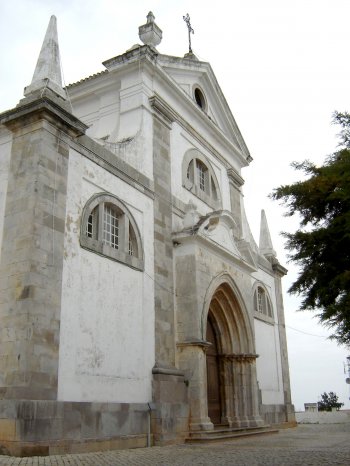
Forte da Conceição / Forte de São João / Forte de São João da Barra
- heritage
Sítio da Fortaleza
8800-595, Tavira
Fort dating from the 17th century, with a four-pointed star plan and a gate preceded by a moat. It is classified as a Property of Public Interest.
